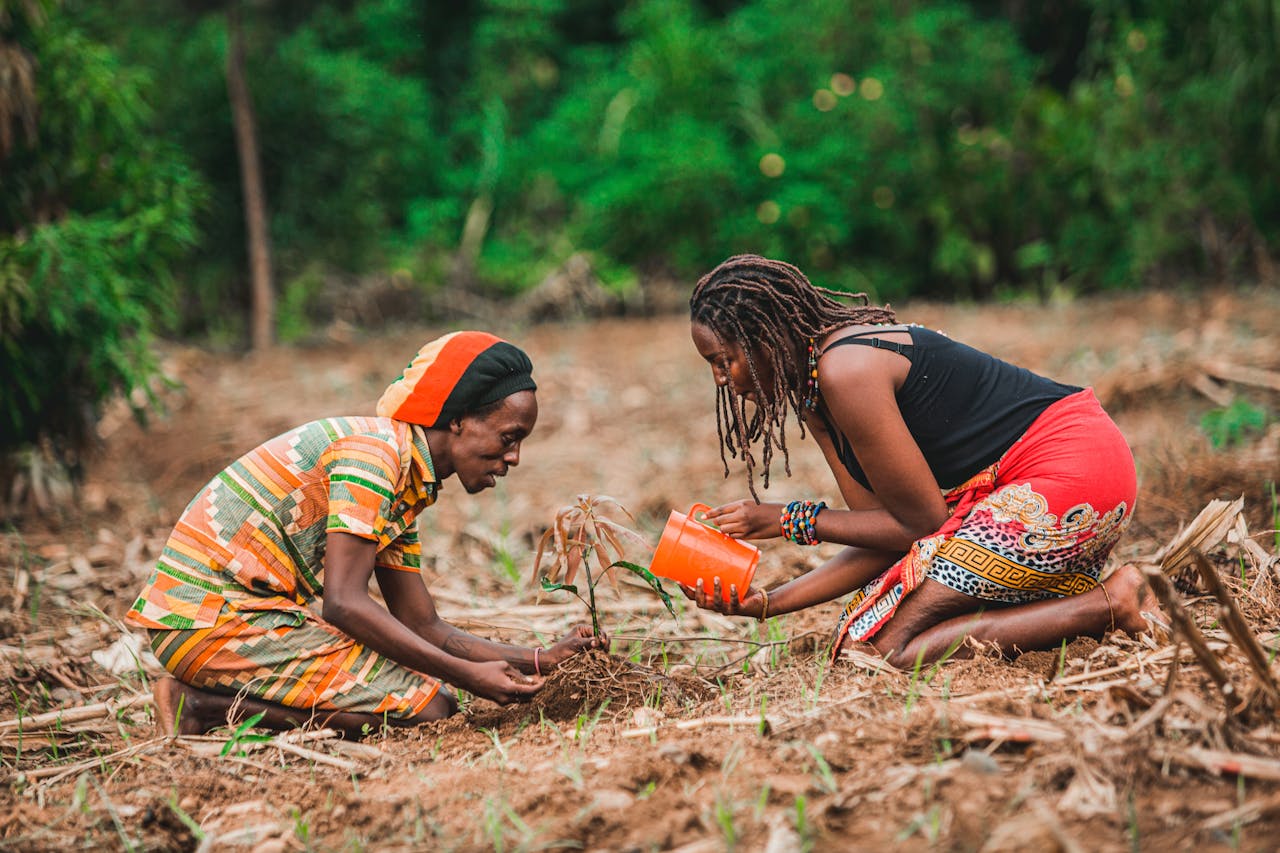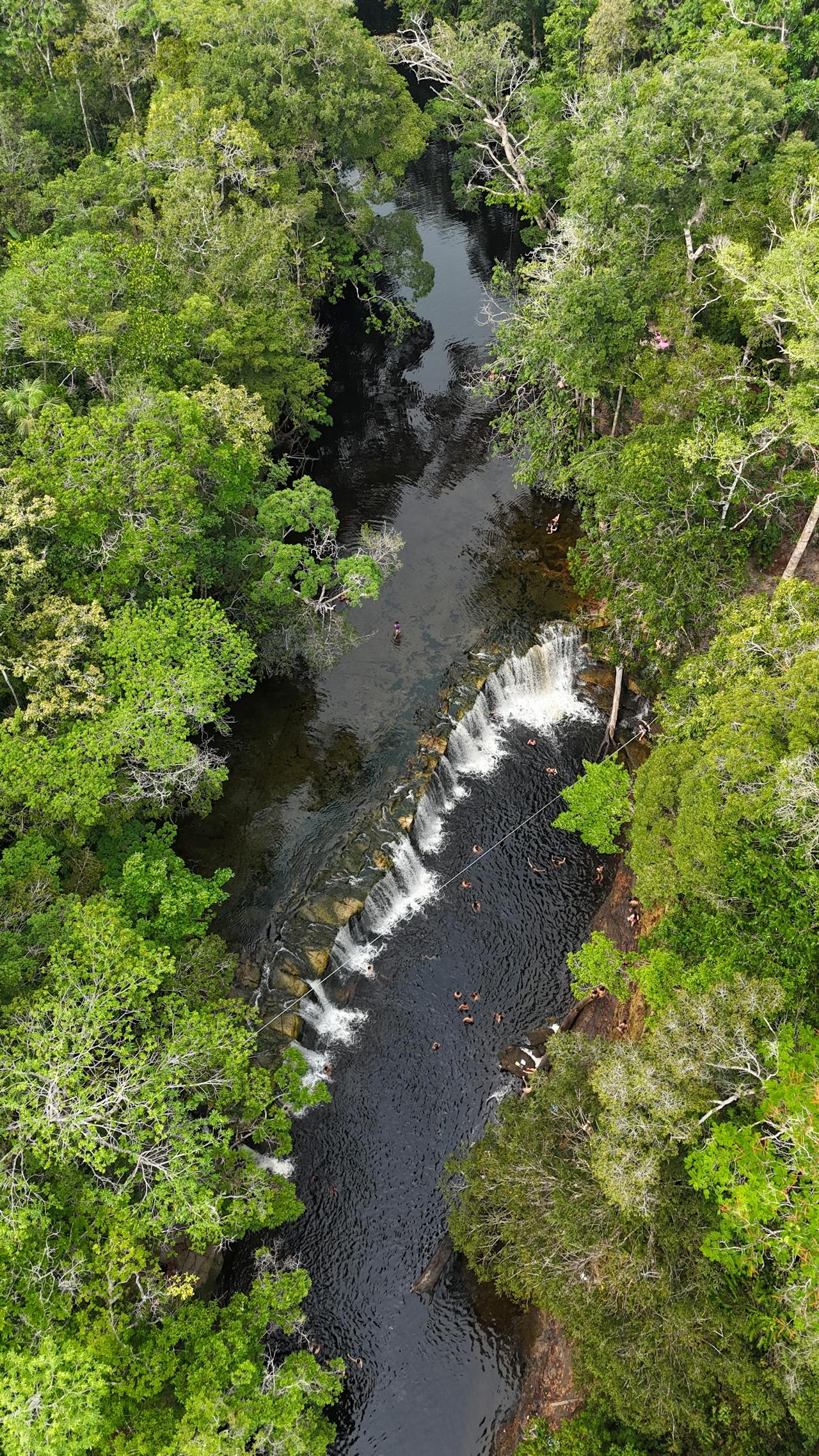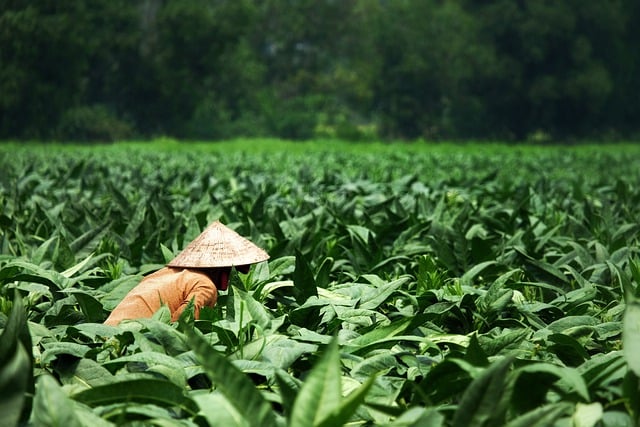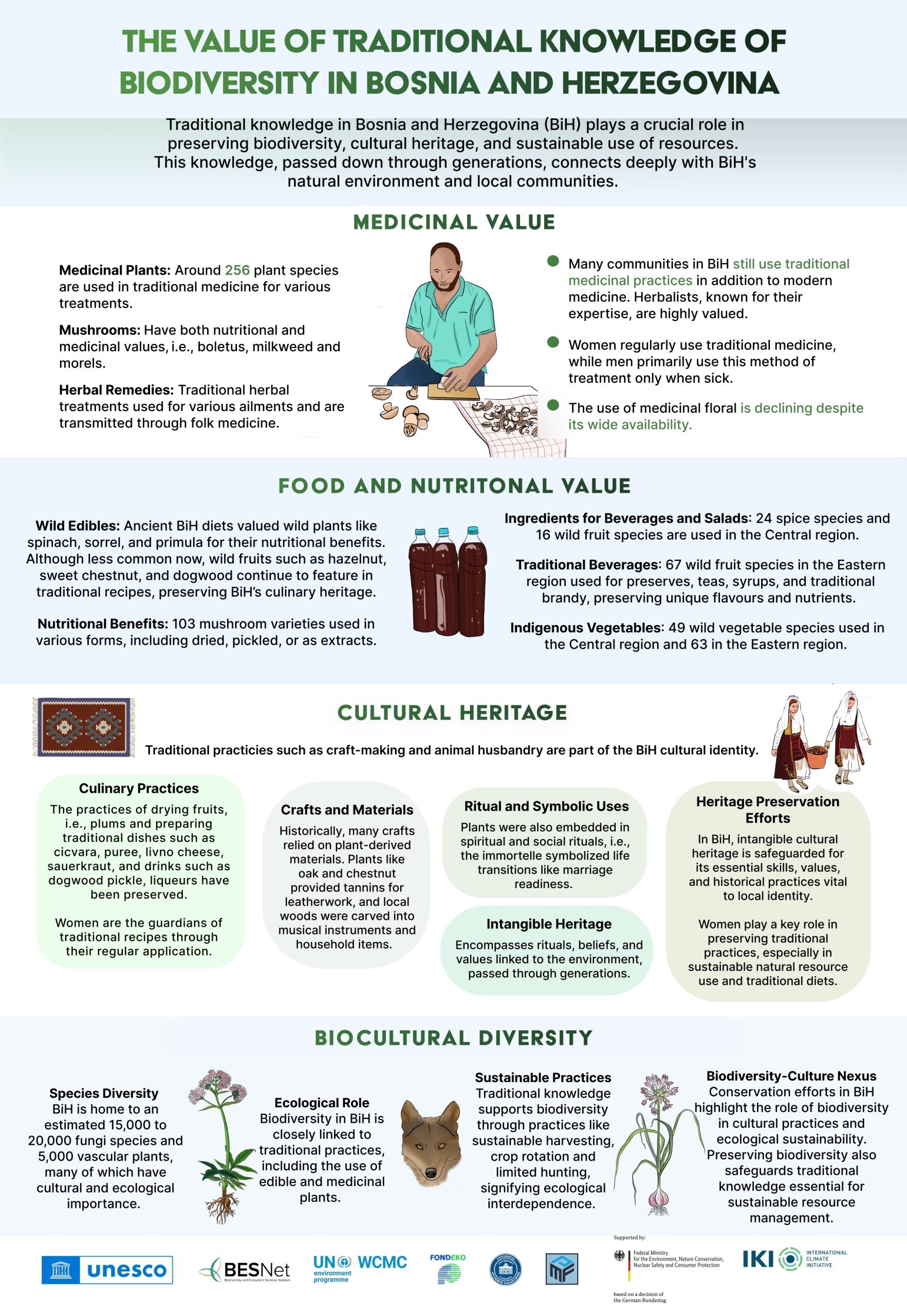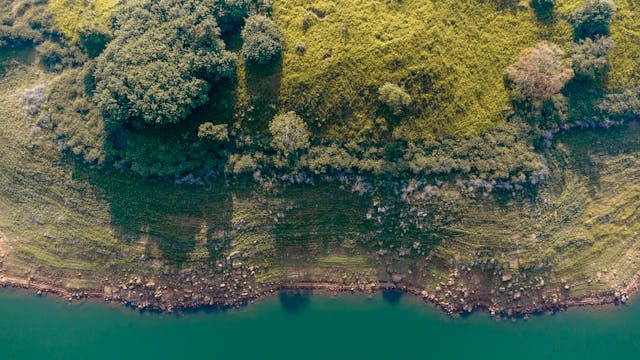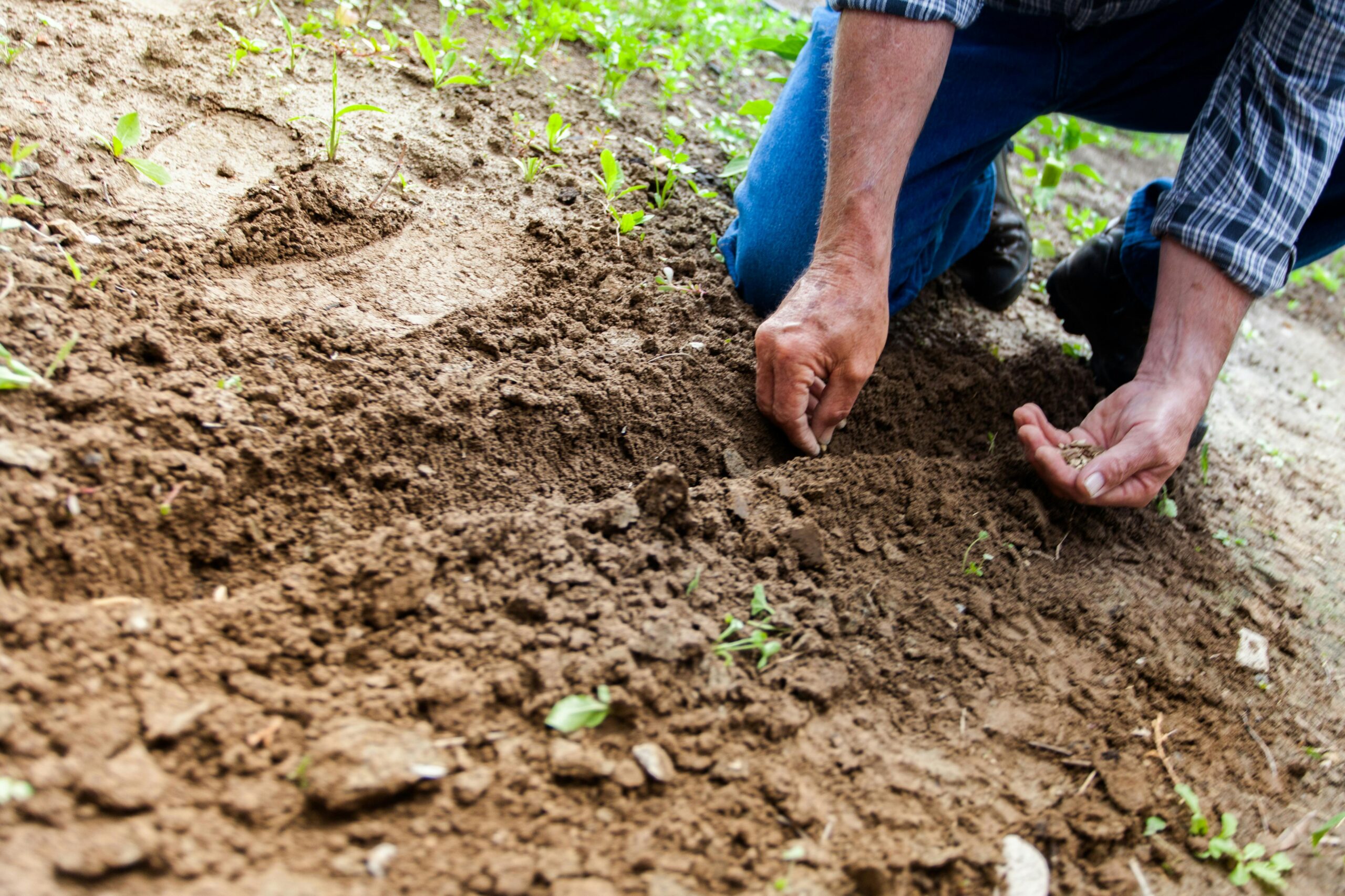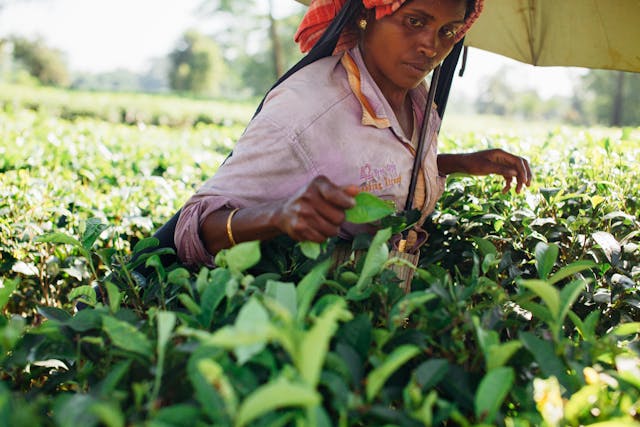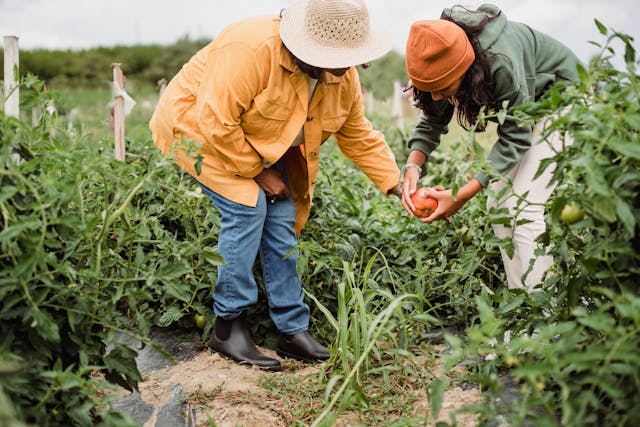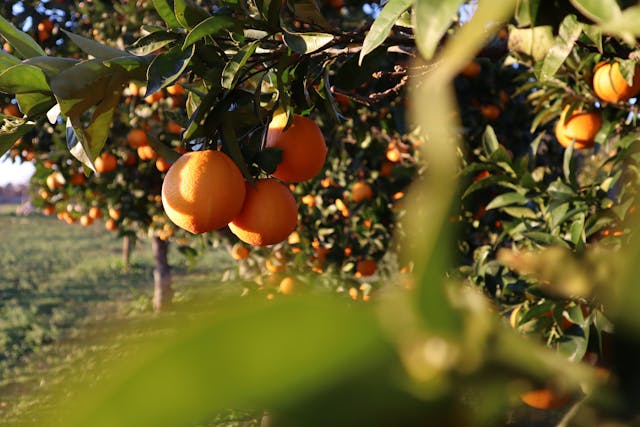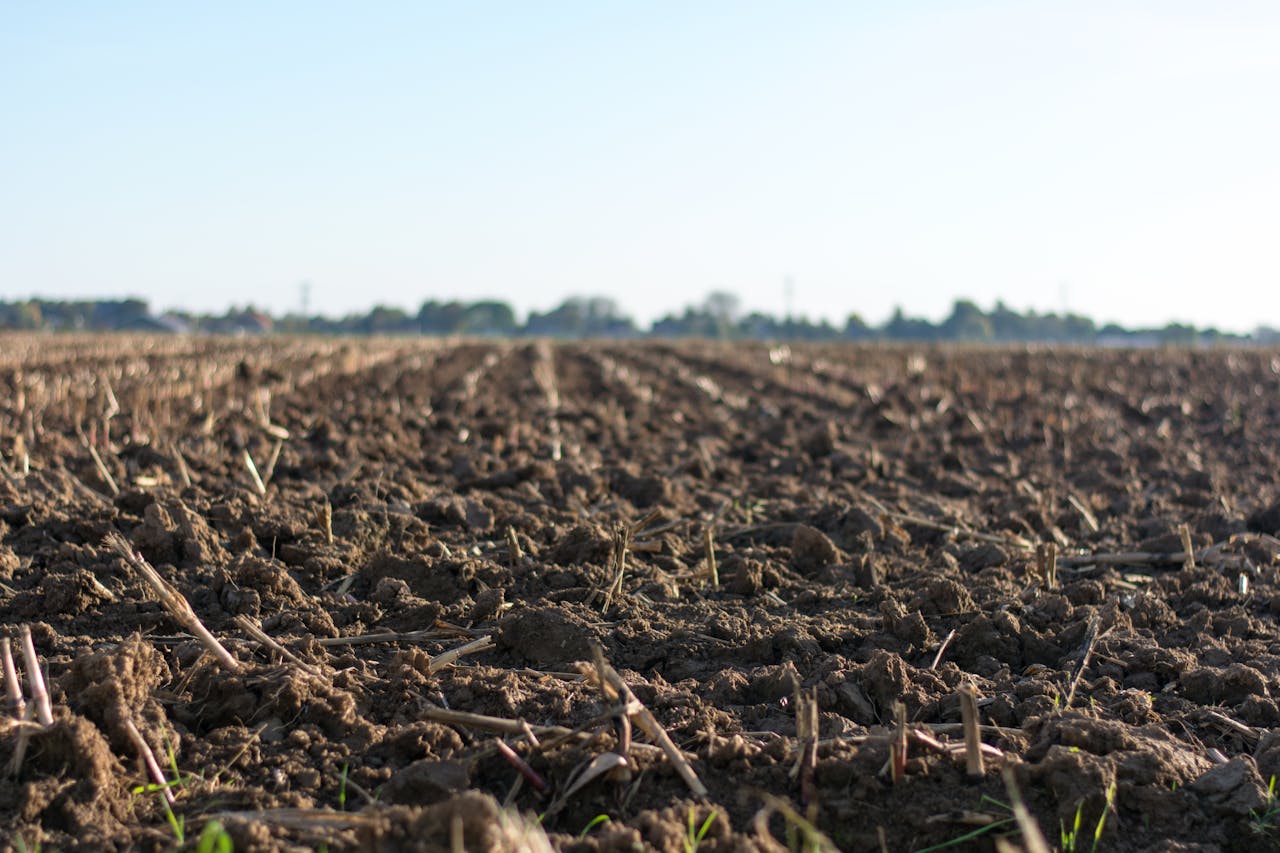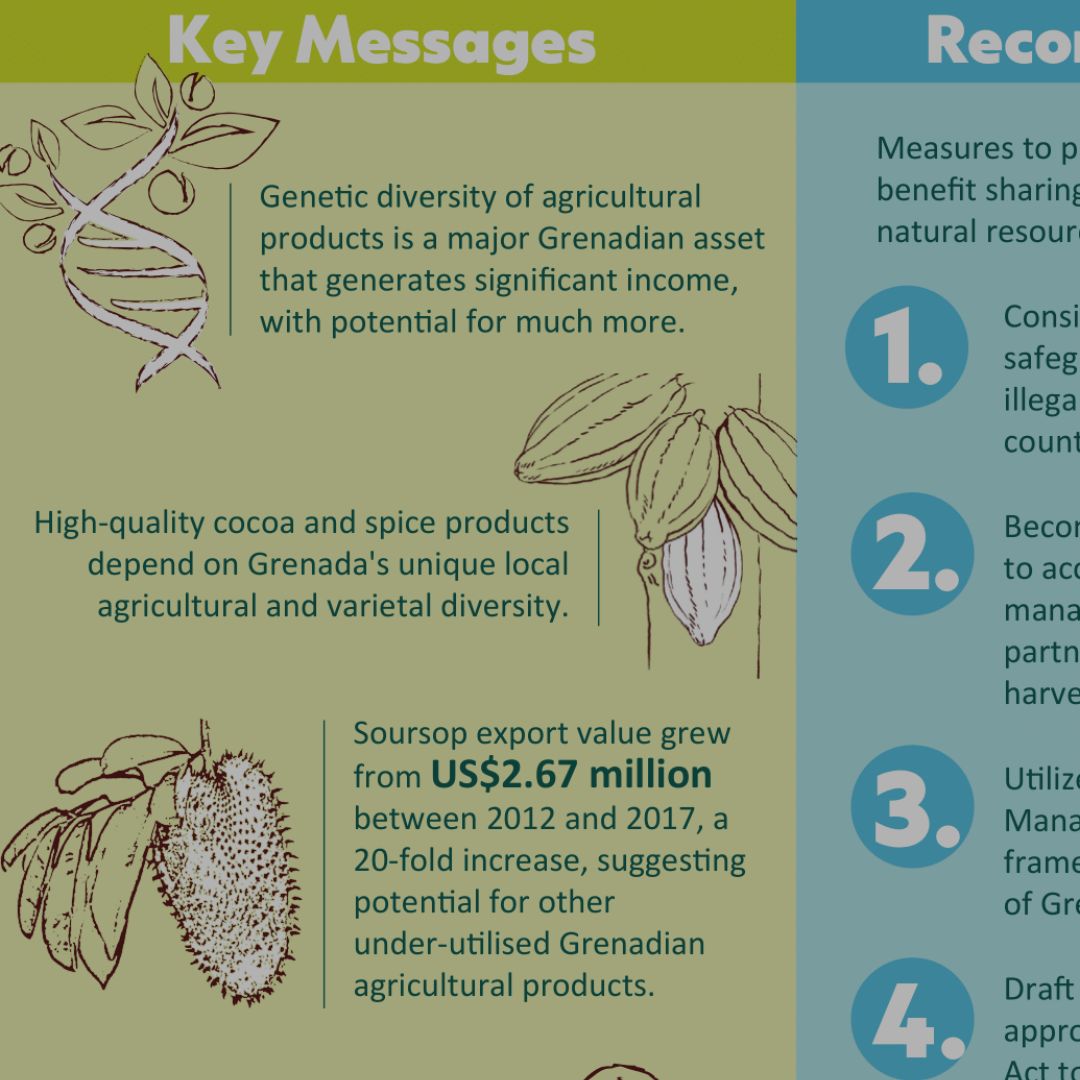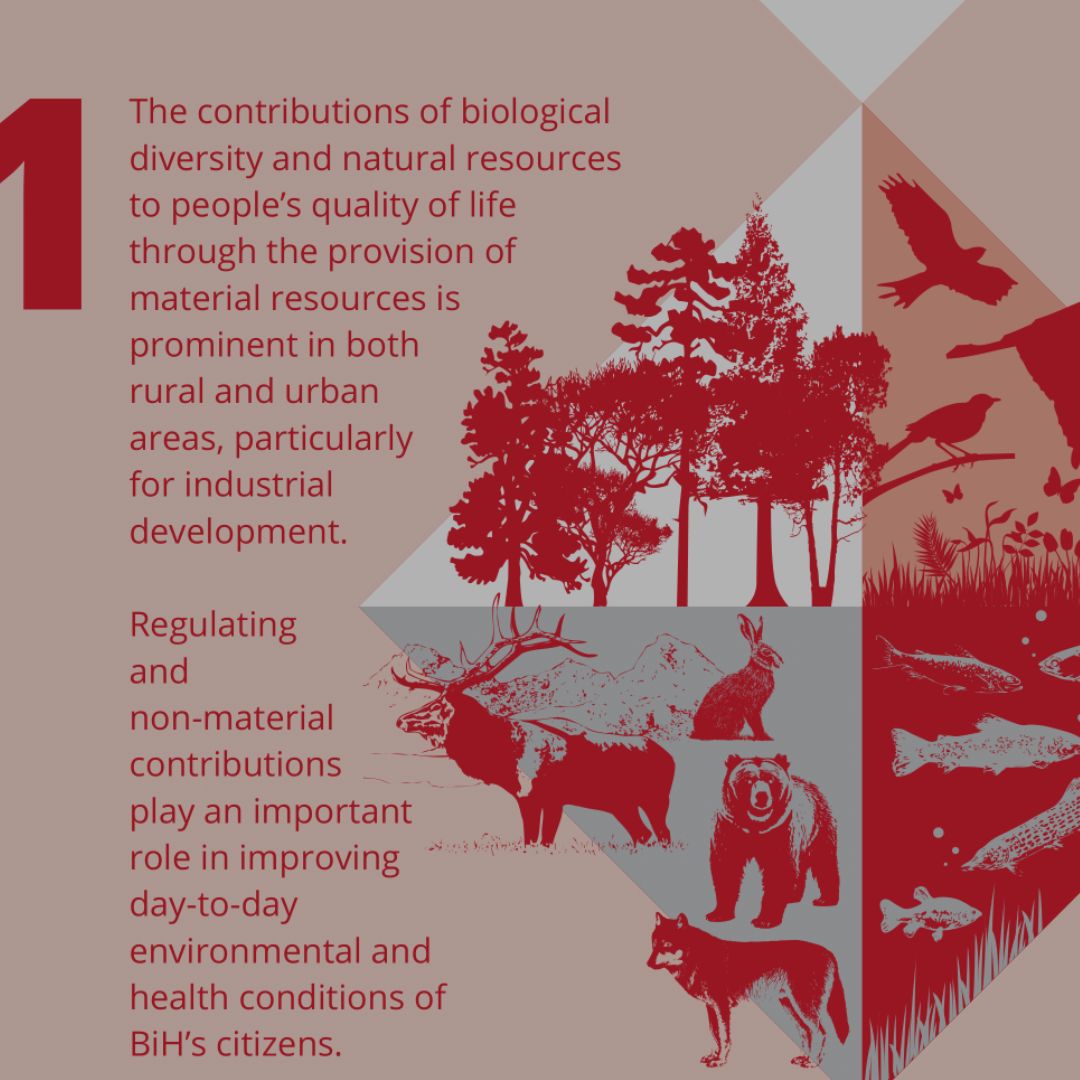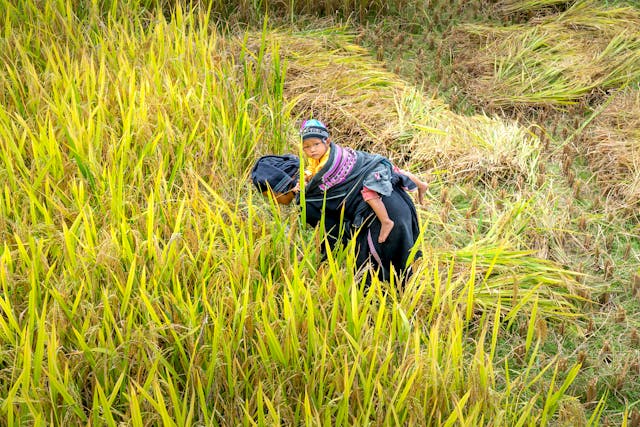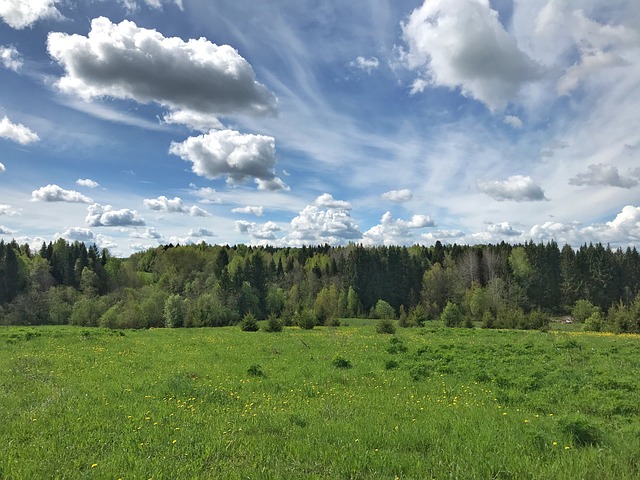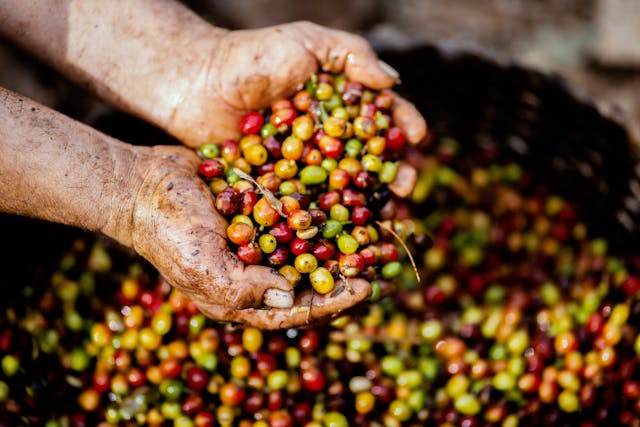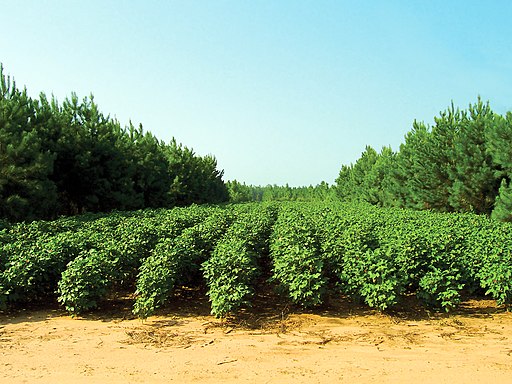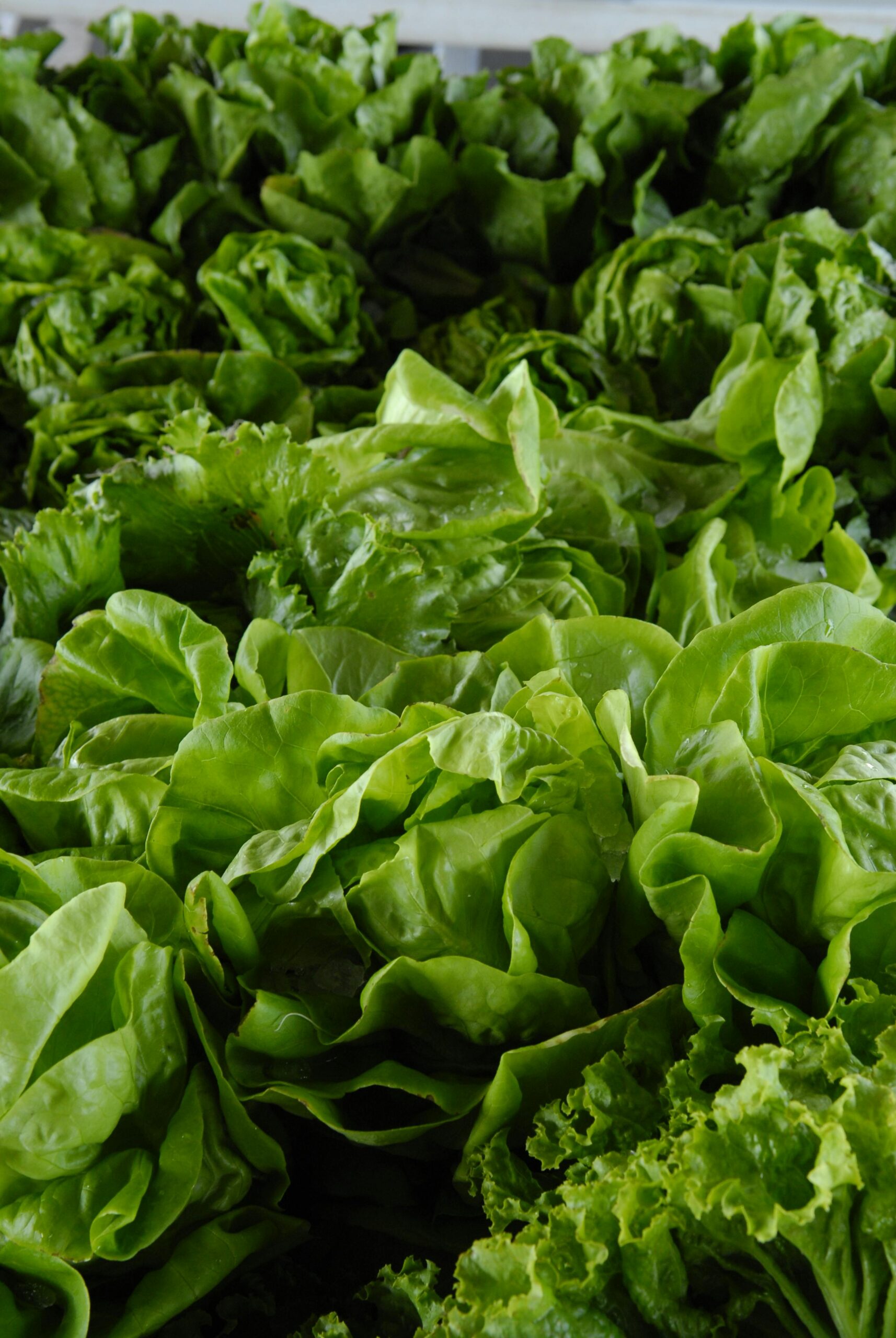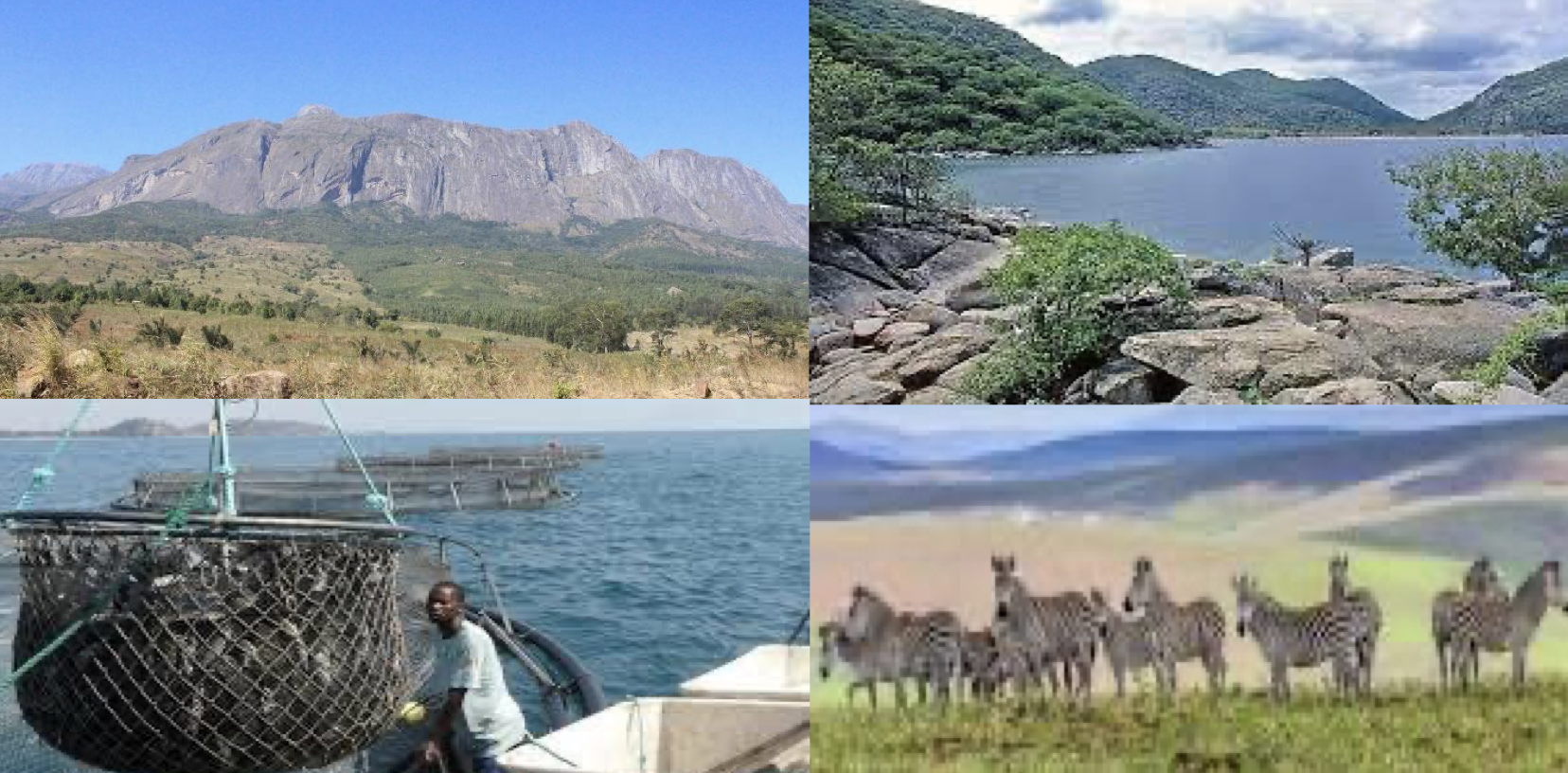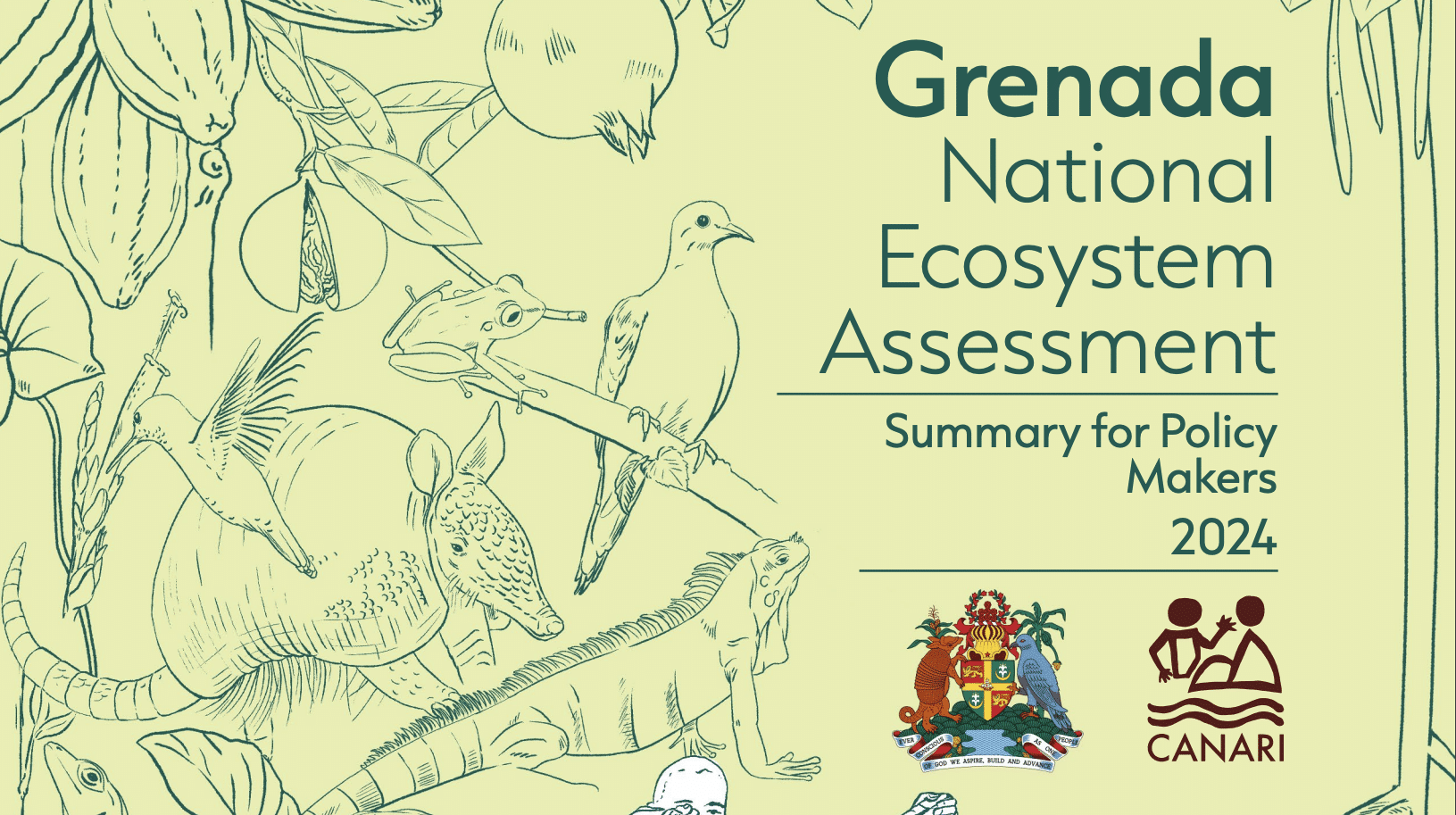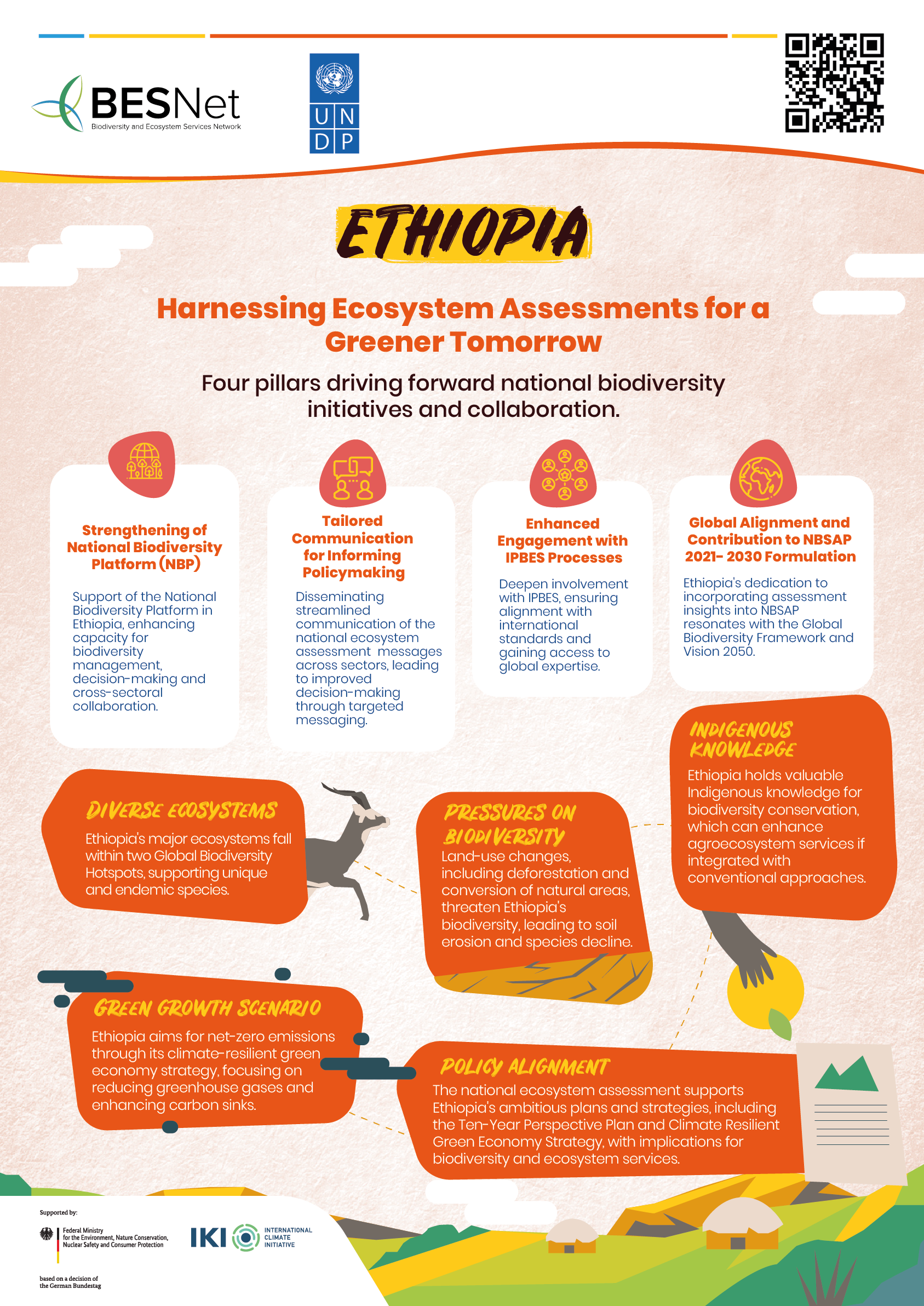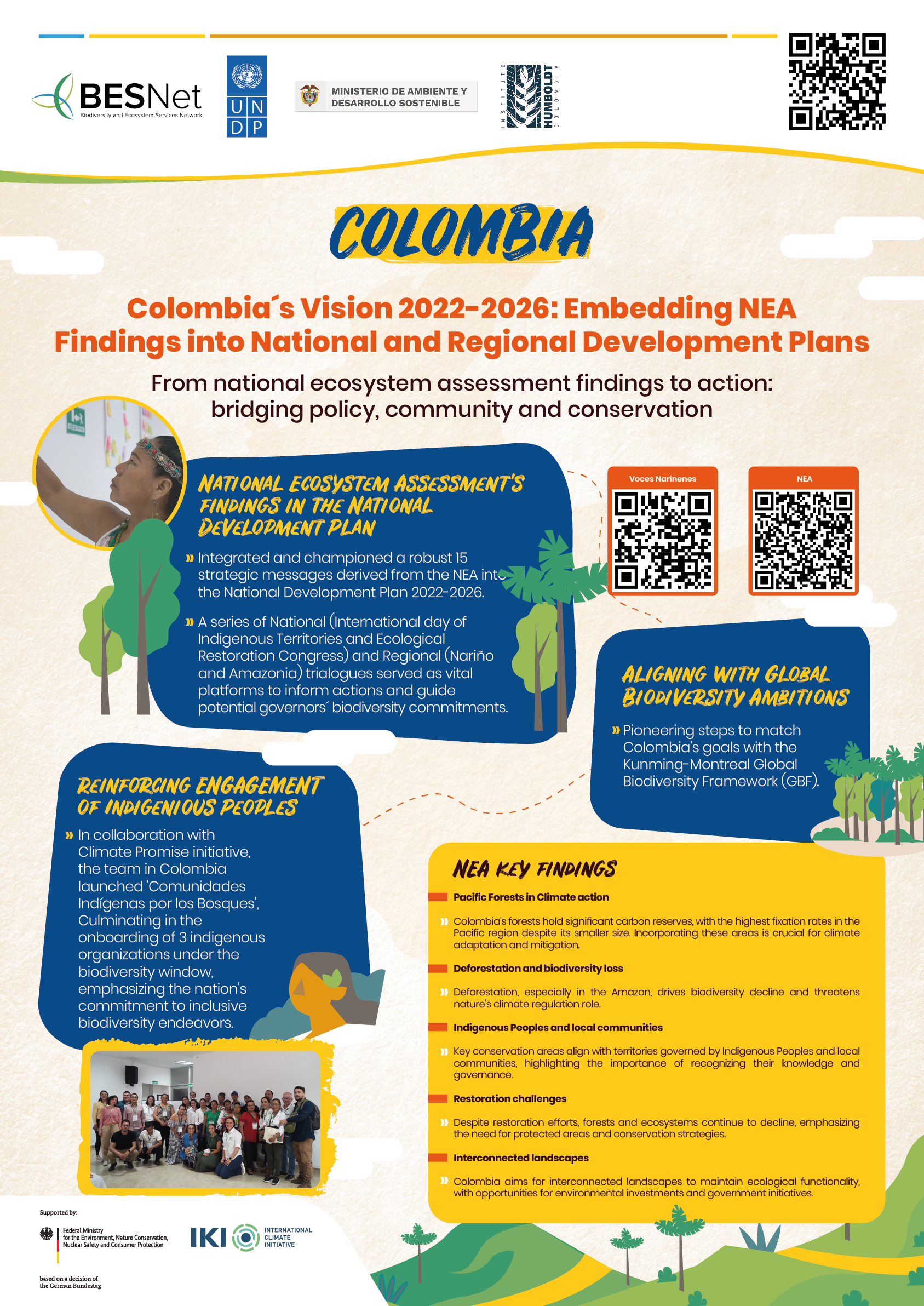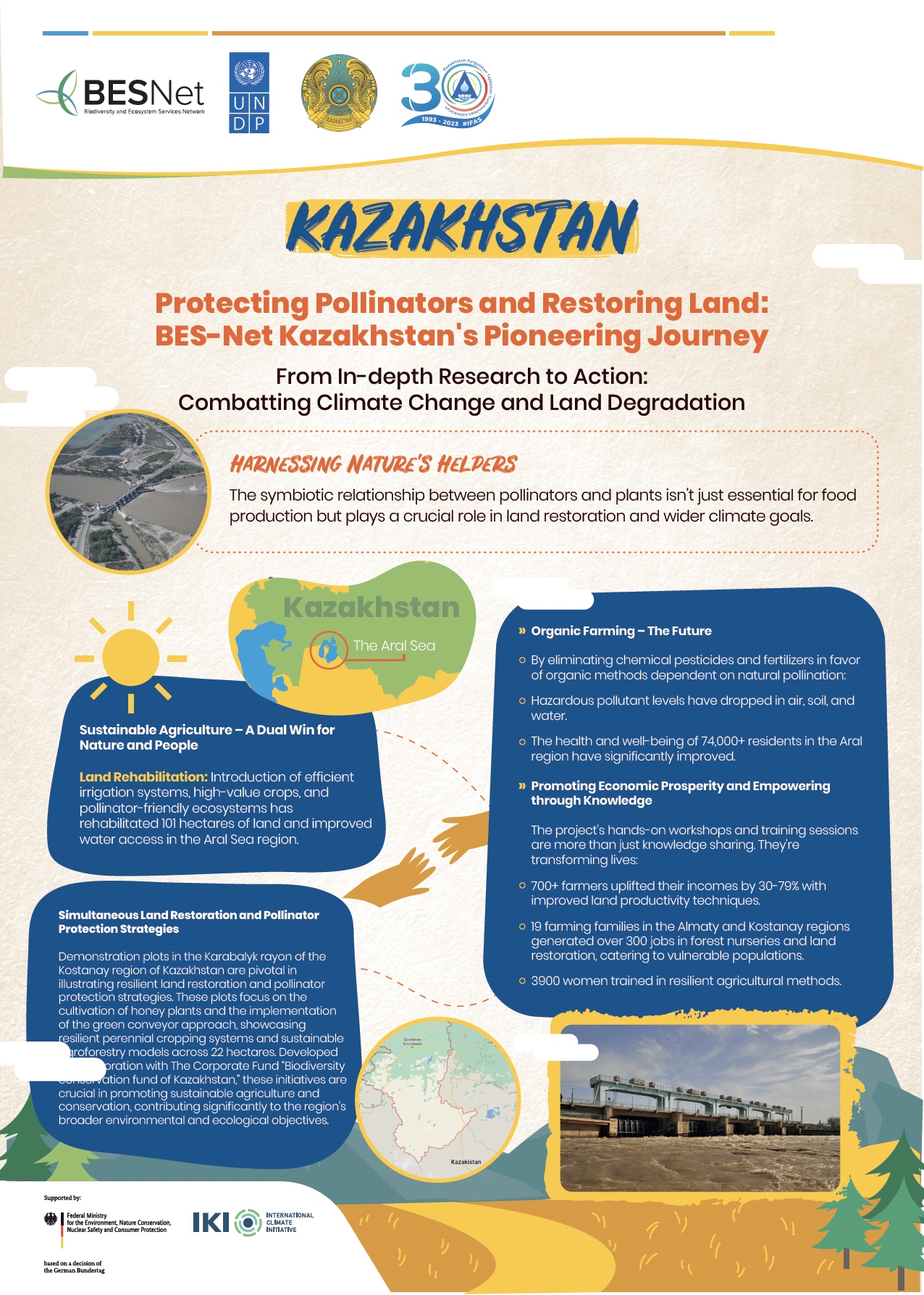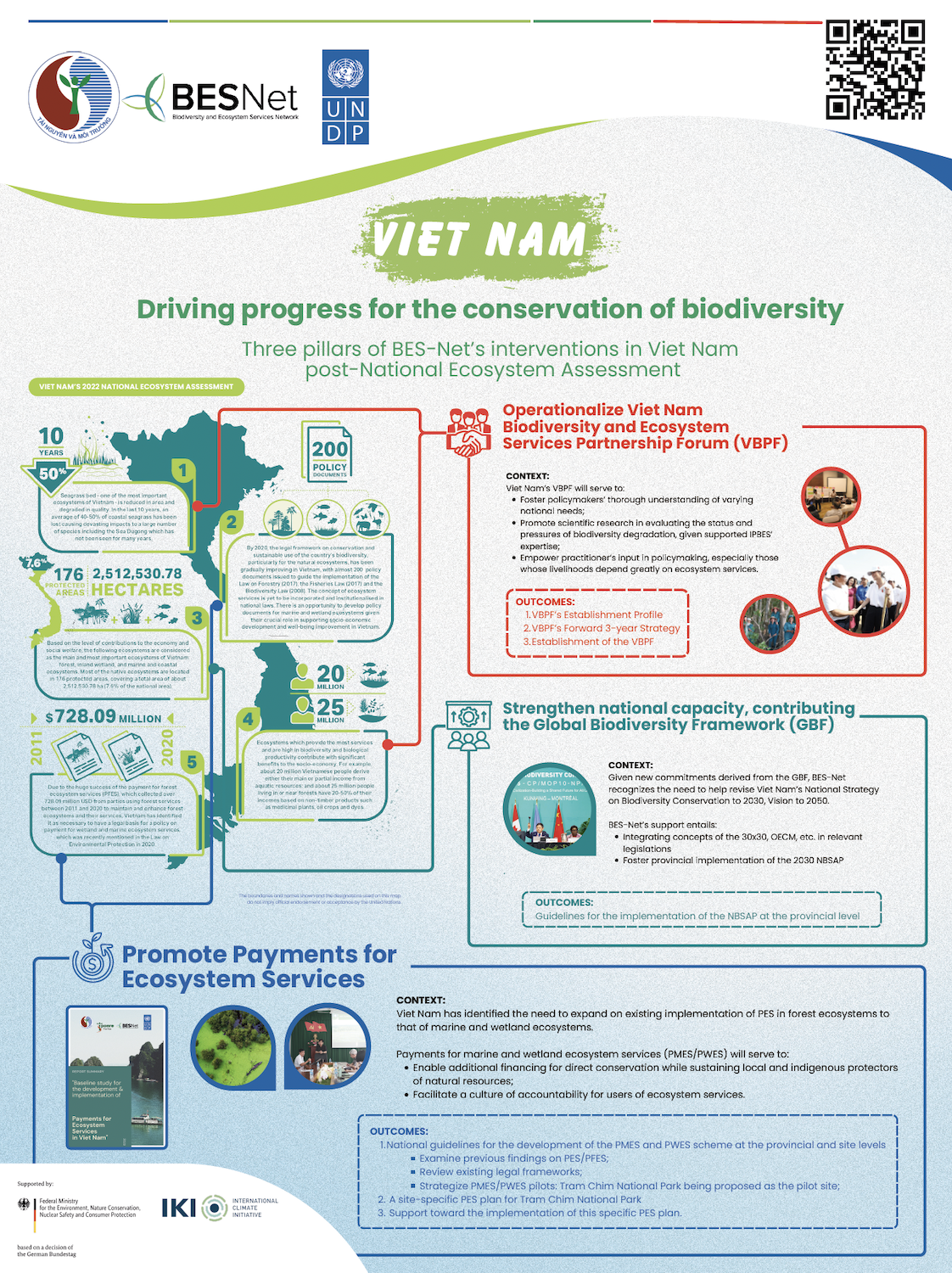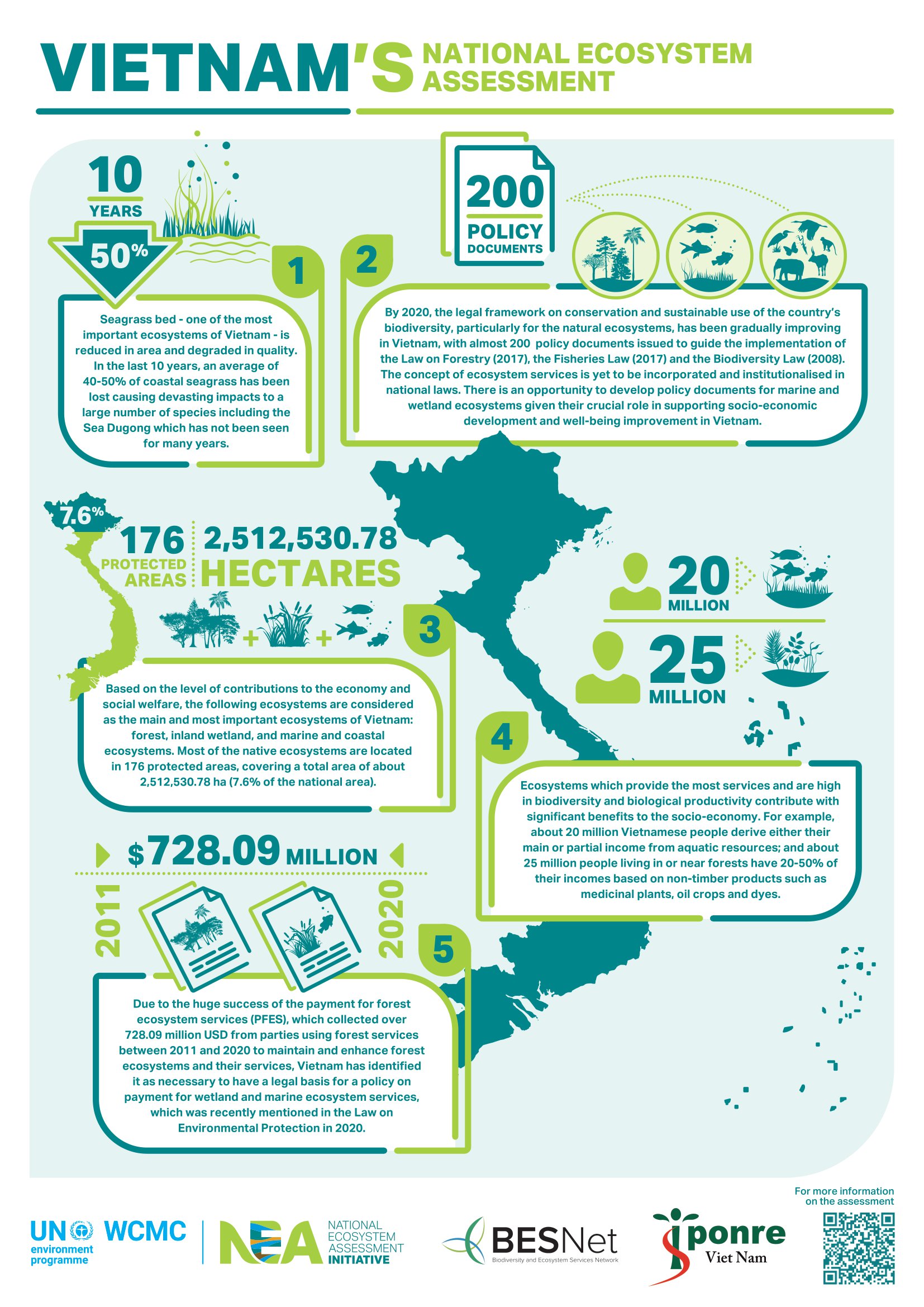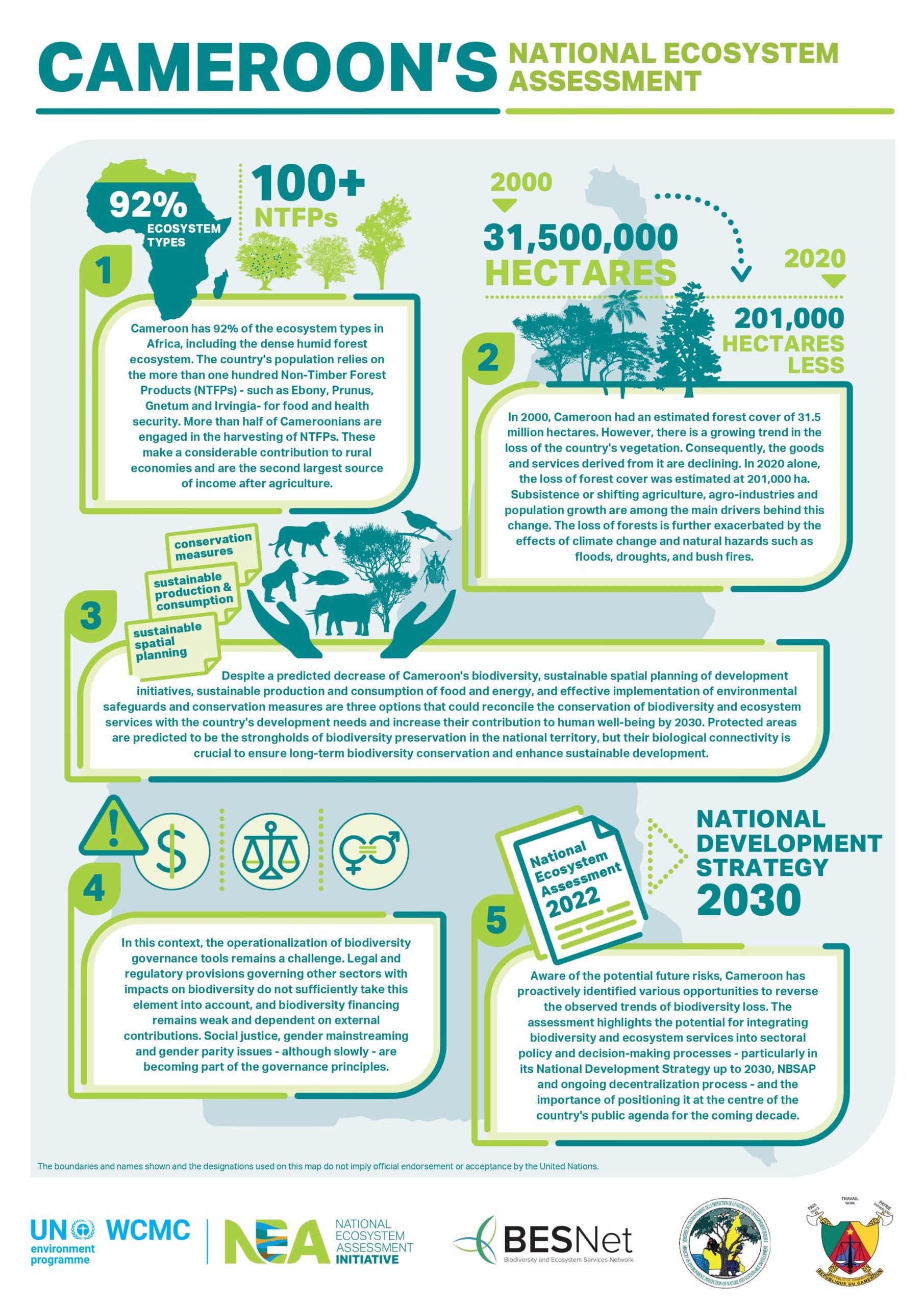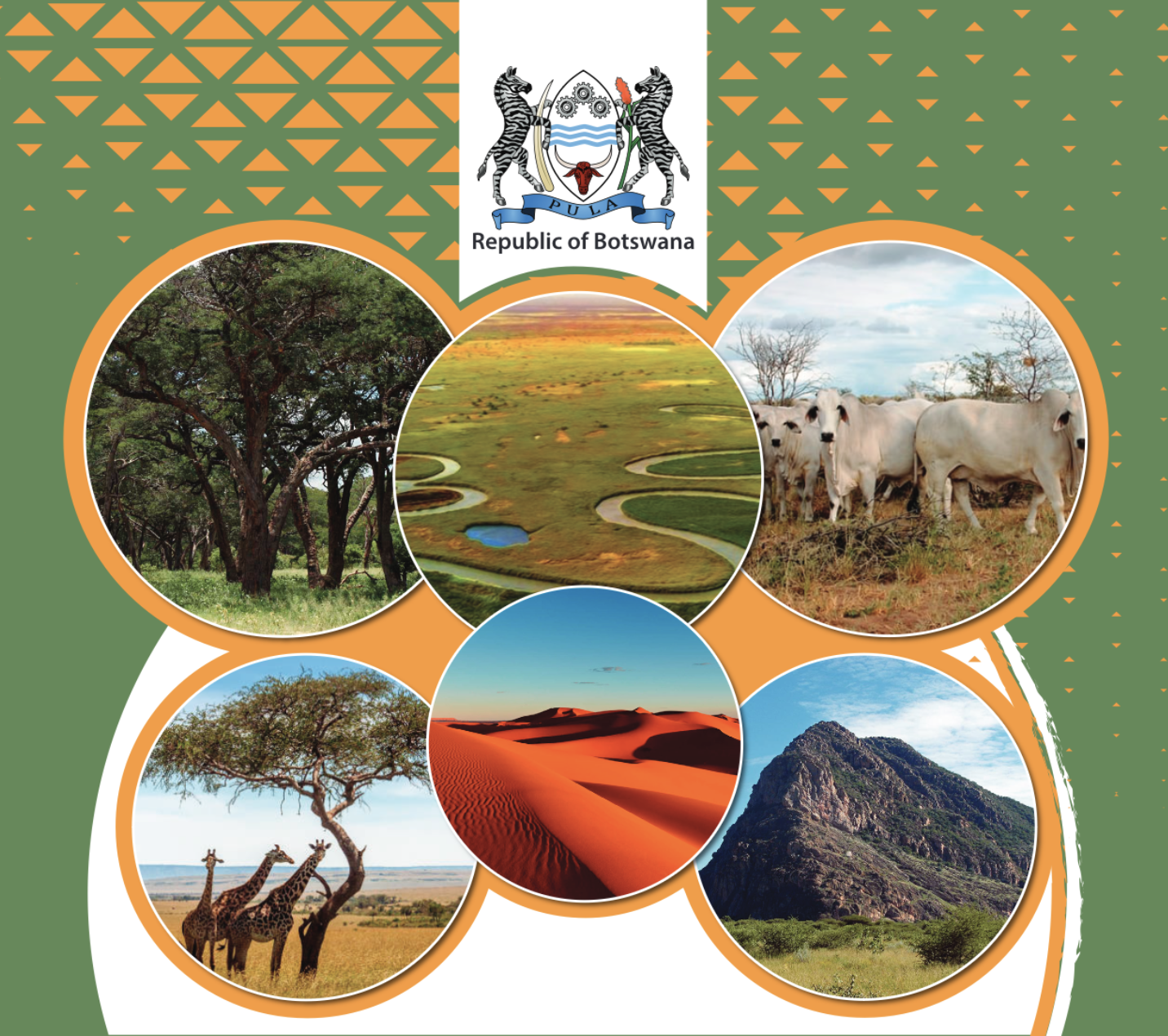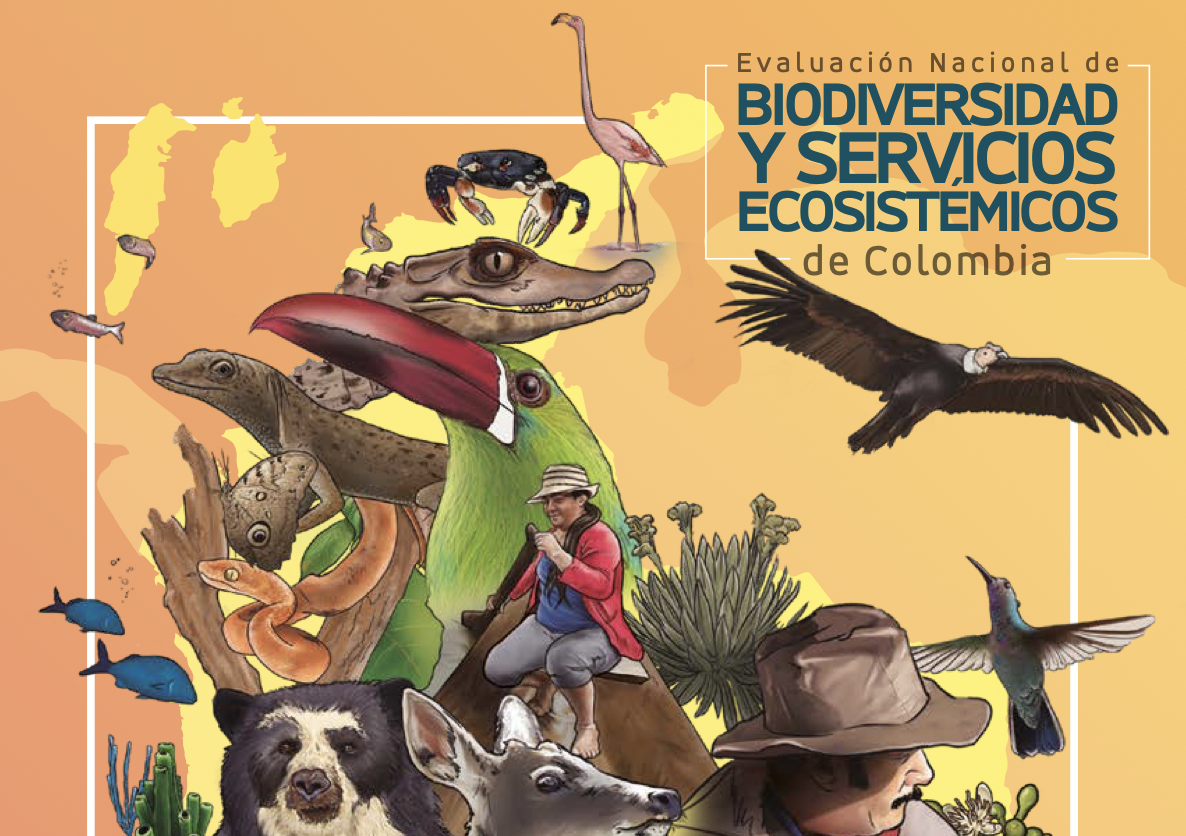Theoretical estimates of soil carbon sequestration in Australian farming systems often do not coincide with measured values of soil carbon, possibly due to post sequestration carbon losses. Carbon loss through soil erosion is one of several pathways of sequestered carbon loss from agricultural systems. Specific details on different loss pathways, especially carbon loss through terrestrial hydrological pathways on a farm scale, are sparse. In this article, we review the Australian and global literature on terrestrial on farm carbon gains and losses in hydrological pathways. Catchment scale, landscape scale and modelling studies are not the focus of this review and are only briefly addressed. Carbon fractions associated with soil erosion and runoff include particulate organic and inorganic carbon, dissolved organic carbon (DOC), dissolved inorganic carbon (DIC), dissolved CO2-C and dissolved CH4-C. Temperate climatic zones with approximately 500 mm of annual rainfall may receive from 6.4 to 29.5 kg ha−1 of DOC in rainfall (with concentration of 1.28–5.9 mg L−1 of DOC in rainwater). Carbon addition (net) to a field through irrigation water can range from 4.6 to 30.8 kg ha−1. The carbon losses through runoff and erosion may vary from below detection limits to 1072 kg ha−1 yr−1 and these values are significant proportions of SOC sequestration rates reported in literatures. Organic carbon enrichment ratios in eroded sediments range from 0.39 to 5. Total organic carbon concentrations in deep drainage below farming lands range from negligible to 90 mg L−1. Management practices that may influence soil carbon losses in erosion and runoff include changing land use, tillage, ground cover, farm layout and slope, furrow length and vegetative buffer strips in the tail end of the field. The literature surveyed indicated that a large knowledge gap existed in Australia with respect to empirical data on soil carbon lost through erosion and runoff because most studies focused on nutrients other than carbon. The new carbon farming initiative measure means, a better understanding on the farm level carbon losses through runoff across different farming systems is essential to better predict the SOC sequestration potential. Other gaps include carbon losses in the form of carbon dioxide and methane emissions associated with the irrigation network (head ditches, tail drains etc.), on farm water bodies and sediment depositional sites, farm level carbon gains through irrigation and flooding. Carbon losses in deep drainage and its impact on whole soil profile denitrification and the associated mechanisms and biochemical changes of carbon, and carbon and nitrogen interactions during on-farm transport and storage within on-farm dams needs further investigation.
On-farm gains and losses of soil organic carbon in terrestrial hydrological pathways: A review of empirical research
Year: 2016





















































































































































































































































































































































































































































































































